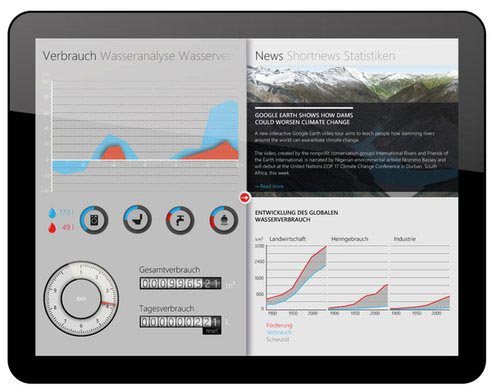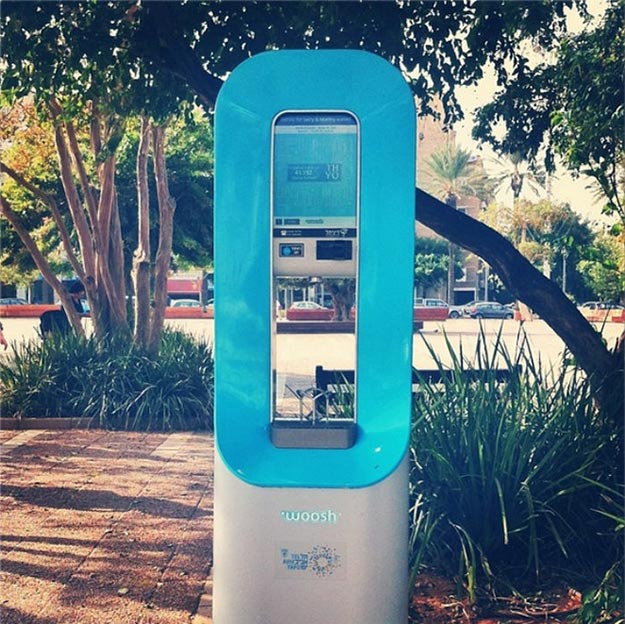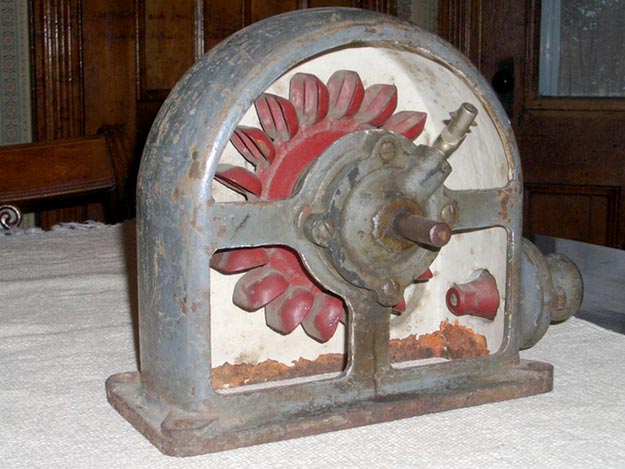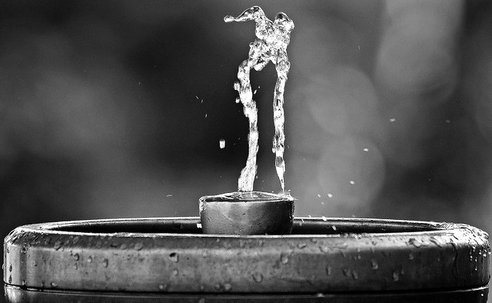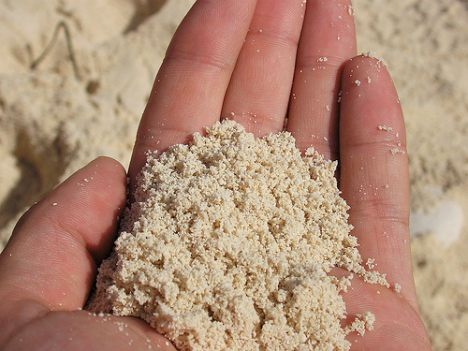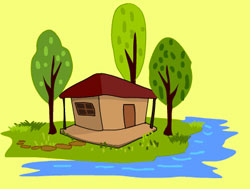Our ever-increasing population is stretching our ability to provide clean water for our needs, from agriculture and manufacturing to the most basic one of all: drinking water. But recent innovations in water technology may have some answers on tap to that problem.
1. Smart Water Metering:
Smart water meters go above and beyond the capabilities of the basic meter on the side of your house, enabling users to monitor their water usage more accurately (and only pay for the water they’ve actually used), and help water suppliers to identify leaks and thefts, as well as see where and when water usage is highest (and to charge accordingly). Read more

